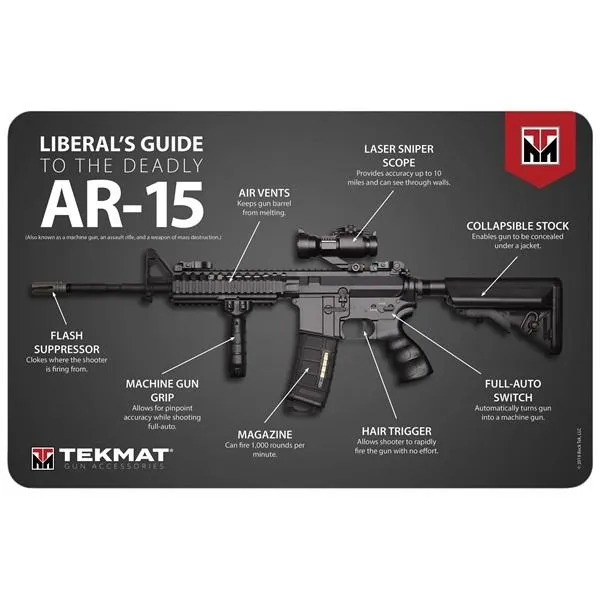
AR15 Barrels
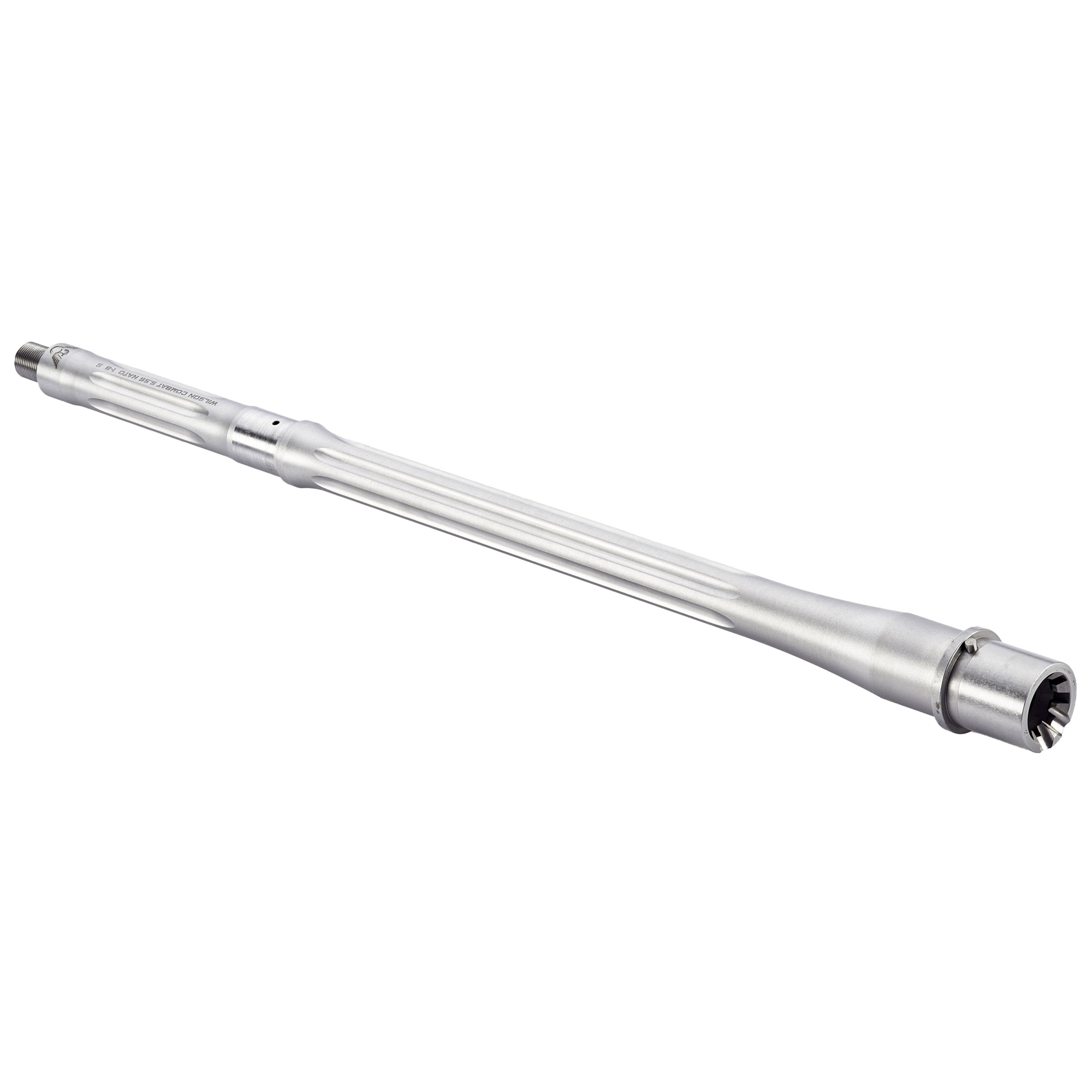
Pictured above: Wilson Combat 16" Stainless Fluted Barrel
Let's break down the differences in AR-15 barrels across various parameters:
Twist Rate:
Twist rate refers to how many inches it takes for the rifling to make one complete revolution within the barrel. Common twist rates for AR-15 barrels include 1:7, 1:8, and 1:9.
Faster twist rates (lower second number) stabilize heavier bullets more effectively.
Slower twist rates (higher second number) are better suited for lighter bullets.
Here's a general overview of common AR-15 calibers and their corresponding recommended twist rates:
5.56 NATO/.223 Remington:
Common Twist Rates: 1:7, 1:8, 1:9
Recommended Bullet Weights:
1:7 Twist: Best for stabilizing heavier bullets (55 grains to 77 grains), including 62-grain and 69-grain projectiles commonly used by the military.
1:8 Twist: Versatile twist rate suitable for a wide range of bullet weights, from 55 grains to around 77 grains.
1:9 Twist: Best for stabilizing lighter bullets (up to around 69 grains) and generally works well with standard 55-grain FMJ and hollow point ammunition.
.300 Blackout:
Common Twist Rates: 1:7, 1:8, 1:9, 1:10
Recommended Bullet Weights:
1:7 and 1:8 Twist: Suitable for stabilizing a wide range of bullet weights, including subsonic and supersonic loads. These twist rates can handle projectiles ranging from 110 grains to 220 grains.
1:9 and 1:10 Twist: Primarily suited for lighter bullet weights, such as 110 grains to 150 grains.
6.5 Grendel:
Common Twist Rates: 1:7.5, 1:8, 1:8.7, 1:9
Recommended Bullet Weights:
1:7.5, 1:8, and 1:8.7 Twist: Ideal for stabilizing heavier bullets in the 120 grains to 130 grains range, as well as some lighter options.
1:9 Twist: Generally suitable for lighter bullets up to around 120 grains.
6.8 SPC (6.8mm Remington SPC):
Common Twist Rates: 1:10, 1:11
Recommended Bullet Weights:
1:10 and 1:11 Twist: Best suited for stabilizing bullets in the 85 grains to 120 grains range, with optimal performance typically achieved with 110-grain bullets.
.458 SOCOM:
Common Twist Rates: 1:14, 1:16
Recommended Bullet Weights:
1:14 and 1:16 Twist: Suitable for stabilizing heavy bullets in the 250 grains to 500 grains range.
It's important to note that these are general guidelines, and the optimal twist rate for a particular caliber may vary depending on factors such as bullet design, velocity, and barrel length. Additionally, some calibers may offer a range of twist rate options to accommodate different bullet weights and shooting preferences. When selecting an AR-15 barrel, consider your intended use and the types of ammunition you plan to shoot to choose the twist rate that best suits your needs. The twist rates are not inherently tied to specific barrel lengths. Instead, they are more closely associated with the caliber of the rifle and the weight range of the projectiles typically used in that caliber.
However, it's important to note that barrel length can influence the performance of a particular twist rate, especially concerning muzzle velocity and stabilization of projectiles. Longer barrels generally provide more time for the bullet to stabilize before exiting the muzzle, which can affect the effectiveness of a given twist rate.
For example, a 1:7 twist rate may be more effective at stabilizing heavier projectiles in a longer barrel compared to a shorter barrel of the same caliber. Conversely, a shorter barrel may benefit from a faster twist rate to ensure adequate stabilization of projectiles.
Materials:
Stainless Steel:
Stainless steel barrels offer excellent corrosion resistance and durability. They are commonly used in both target shooting and hunting applications. Stainless steel barrels can be further categorized into different grades, such as 416R stainless steel, which is known for its high-quality machining properties.
Chrome Molybdenum Steel:
Chrome molybdenum (chromoly) steel barrels are made from an alloy of chromium and molybdenum. They provide good strength and durability while remaining cost-effective. Chromoly barrels are often used in military and law enforcement applications.
4150 and 4140 Steel:
4150 and 4140 are specific grades of chromoly steel commonly used in AR-15 barrels. These steels are known for their high tensile strength and are suitable for both rifle and carbine-length barrels.
Carbon Fiber:
Carbon fiber barrels feature a composite construction with a carbon fiber sleeve wrapped around a steel or aluminum core. They offer significant weight savings compared to traditional steel barrels while maintaining rigidity and accuracy. Carbon fiber barrels are popular in precision shooting and long-range applications.
Match-Grade Steel:
Match-grade steel barrels are precision-machined to tight tolerances and are designed for maximum accuracy. They often undergo additional quality control measures and are commonly used in competition shooting and high-performance rifle builds.
Length:
AR-15 barrels come in various lengths, including 16 inches, 18 inches, and 20 inches, among others.
Longer barrels generally provide increased velocity and potential accuracy at longer ranges.
Shorter barrels offer enhanced maneuverability and are suitable for close-quarters applications.
Calibers:
AR-15 barrels can be chambered in various calibers beyond the standard 5.56x45mm NATO/.223 Remington, including:
.300 AAC Blackout
6.5 Grendel
6.8 SPC
.224 Valkyrie
.458 SOCOM
.50 Beowulf
7.62X39
Each caliber offers different ballistic performance and may require specific barrel configurations.
Gas Tube Length:
The best gas system length for an AR-15 depends on various factors, including barrel length, intended use, ammunition type, and personal preferences. Each gas system length offers unique advantages and trade-offs in terms of reliability, recoil impulse, and durability. Here's an overview of the common gas system lengths and their characteristics:
Rifle-Length Gas System:
The rifle-length gas system is typically found on barrels with lengths of 18 inches or longer. It offers a longer gas tube and a smoother recoil impulse compared to shorter gas systems. Rifle-length gas systems are known for their softer recoil, reduced wear and tear on internal components, and improved reliability, especially with full-power rifle cartridges. They are well-suited for precision shooting and long-range applications.
Mid-Length Gas System:
The mid-length gas system is a compromise between the rifle-length and carbine-length gas systems. It is commonly used on barrels ranging from 14.5 to 16 inches in length. Mid-length gas systems offer a balance of reliability and reduced recoil compared to carbine-length systems. They provide smoother cycling and less felt recoil, making them popular for general-purpose rifles and mid-range shooting.
Carbine-Length Gas System:
The carbine-length gas system is found on barrels typically ranging from 10.5 to 14.5 inches in length. It is the most common gas system length for AR-15 rifles and offers a shorter gas tube than rifle-length and mid-length systems. Carbine-length gas systems are known for their reliability and simplicity, as well as compatibility with a wide range of ammunition types. They provide a more compact and maneuverable rifle platform, making them ideal for close-quarters engagements and tactical applications.
Pistol-Length Gas System:
The pistol-length gas system is used on barrels shorter than 10.5 inches and is commonly found on AR-15 pistols and short-barreled rifles (SBRs). Pistol-length gas systems offer reliable cycling with shorter barrels but may experience increased recoil and gas port erosion compared to longer gas systems. They are well-suited for compact and lightweight firearms intended for personal defense and close-range shooting.
Pros and Cons:
Pros:
AR-15 barrels offer versatility, allowing shooters to customize their rifles for specific applications and preferences.
Different twist rates accommodate a wide range of bullet weights, enhancing accuracy.
Various calibers provide options for different shooting scenarios, from hunting to target shooting.
Different gas lengths allow for customization based on the intended use and personal preferences.
Cons:
Choosing the right barrel configuration can be overwhelming due to the multitude of options available.
Higher-quality materials and features often come at a higher cost.
Matching the barrel to the intended purpose and ammunition is crucial for optimal performance.
Specialty calibers may have limited availability and higher ammunition costs.
In summary, AR-15 barrels vary in twist rate, materials, length, calibers, and gas system lengths, offering shooters a wide range of options to suit their preferences and shooting needs. Understanding these differences can help shooters make informed decisions when selecting barrels for their AR-15 rifles.
Find barrel options here


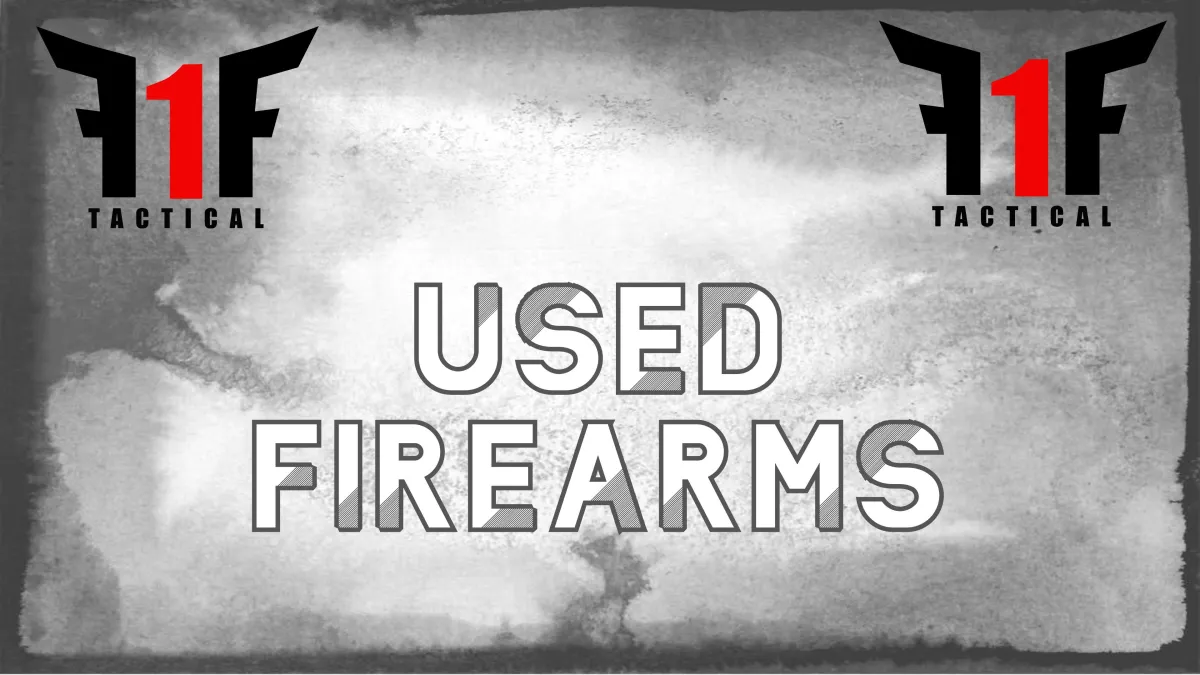
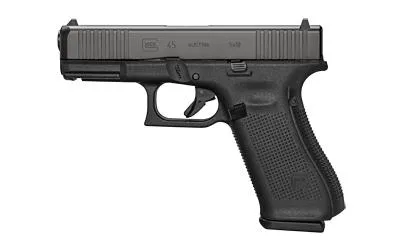
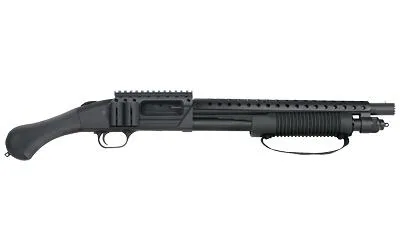
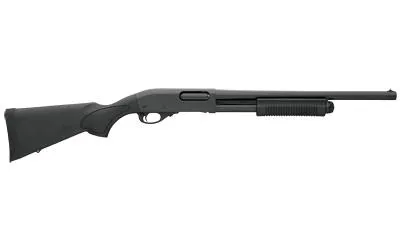
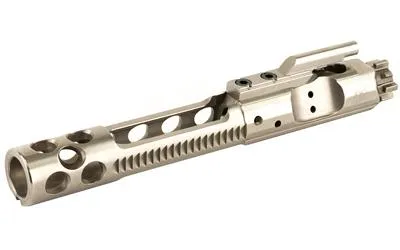
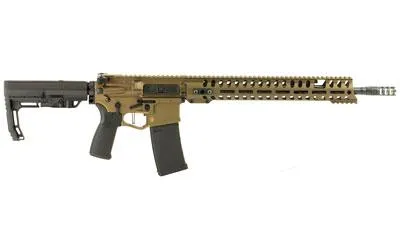
Facebook